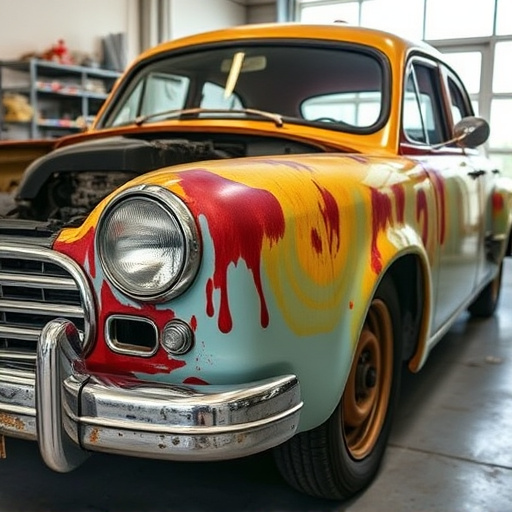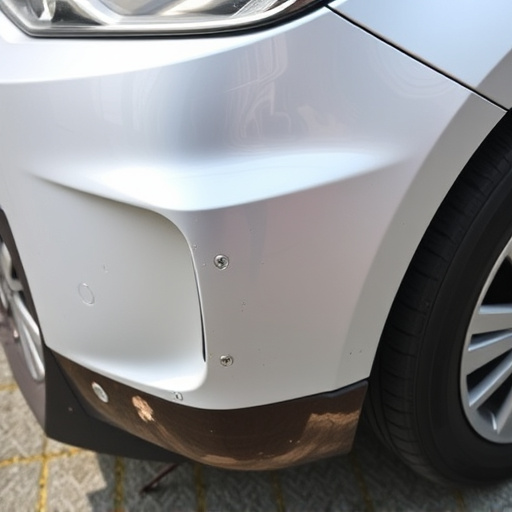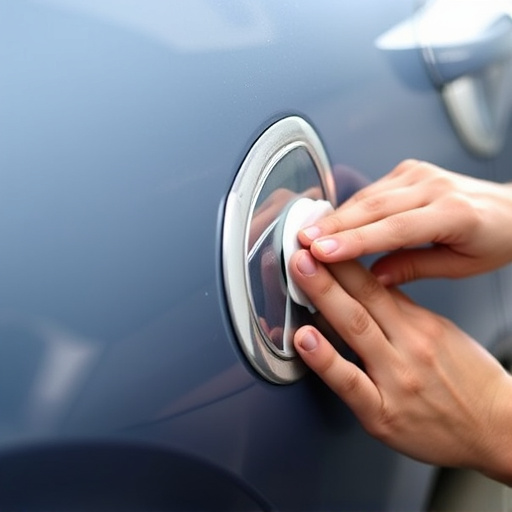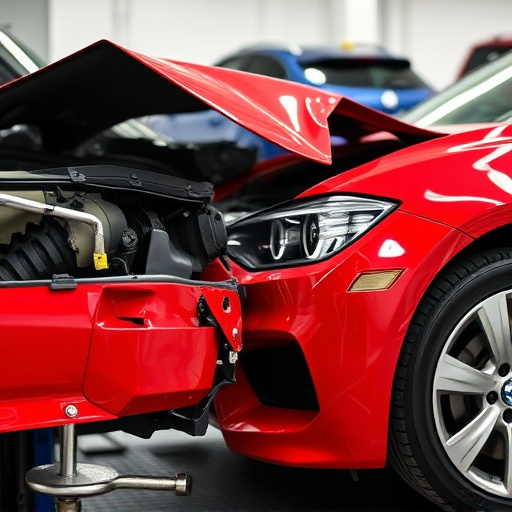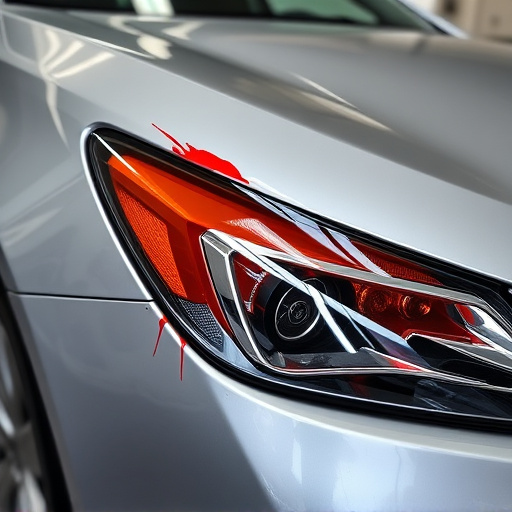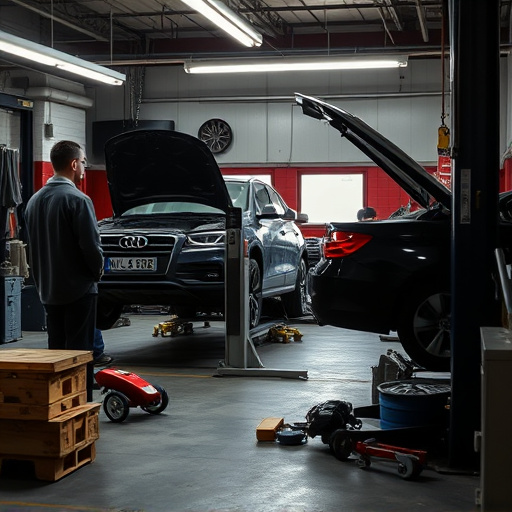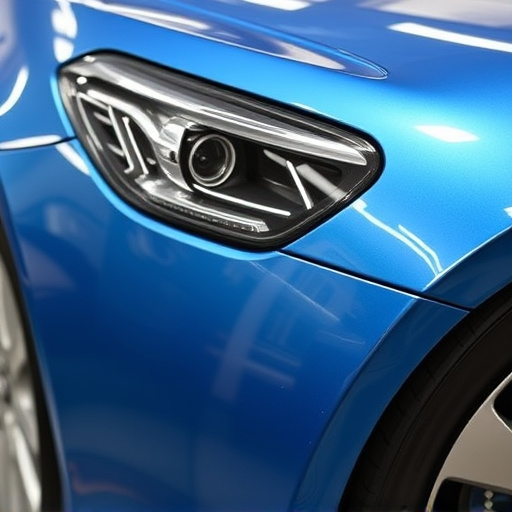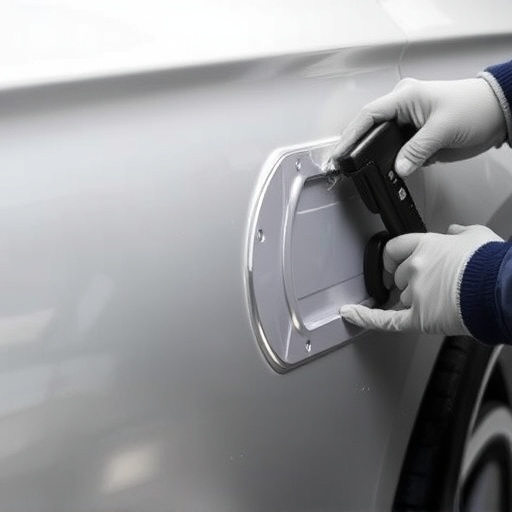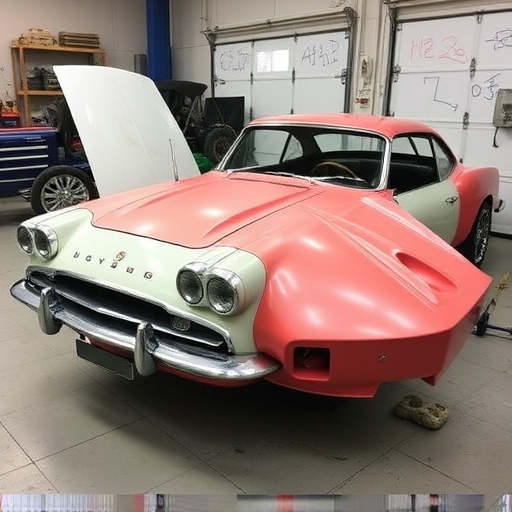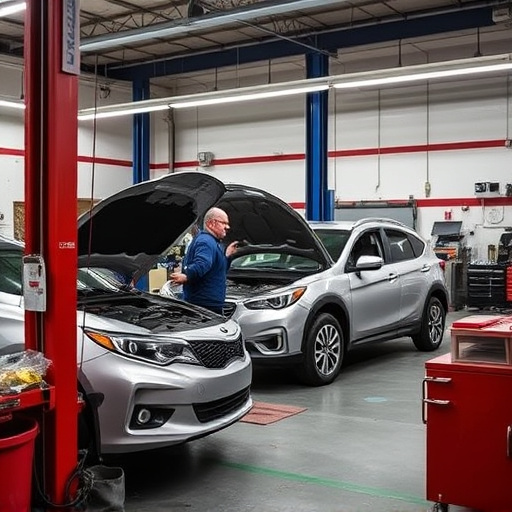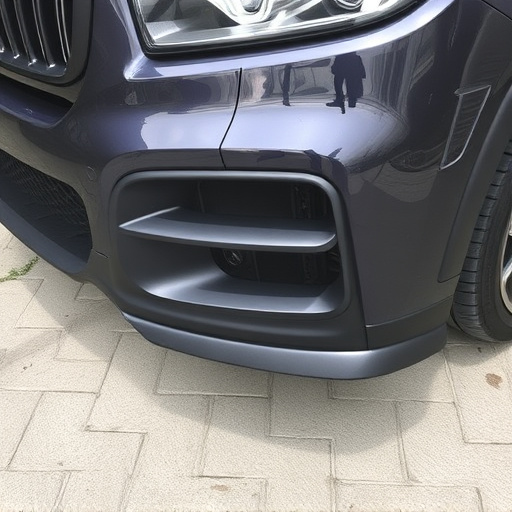UV curing systems, leveraging invisible high-energy photons, revolutionize industries like auto collision repair by instantly hardening materials via chemical reactions. Key components include UV lamps, optimizing chambers, and precise dosing for efficient, durable bonding. Widely adopted in printing, medical devices, automotive restoration, and body shops, these systems cut drying times, enhance quality control, minimize waste, and offer environmental benefits.
“Unleash the power of UV curing systems, a revolutionary technology transforming industries worldwide. This article delves into the intricate world of ultraviolet (UV) light and its remarkable properties, revealing how it hardens resins and inks in various applications. We explore the key components that make up these advanced systems, from powerful UV lamps to precise control mechanisms. Understand why UV curing is a preferred choice for rapid, efficient, and environmentally friendly material hardening.”
- Understanding UV Light and Its Properties
- Key Components of a Curing System
- Application and Benefits: A Versatile Technology
Understanding UV Light and Its Properties
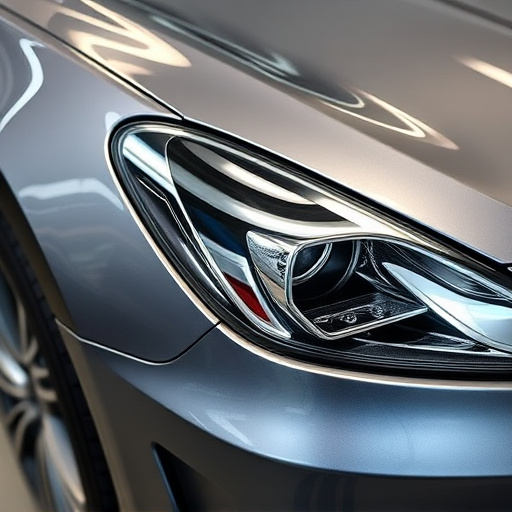
UV light, with its unique properties, is at the heart of modern curing systems, especially in industries like collision repair centers and auto shops. When it comes to UV curing, understanding the behavior of this specific type of light is crucial. UV rays, invisible to the human eye, possess high-energy photons that can initiate chemical reactions, leading to rapid hardening or curing of materials like resins and adhesives. This process happens almost instantly when the correct UV light intensity and wavelength are applied, making it a game-changer in various applications, including hail damage repair on Mercedes Benz vehicles.
The key lies in the efficient absorption of UV radiation by specific molecules within the material, triggering a chain reaction that hardens the substance. Unlike traditional curing methods, UV curing systems offer numerous advantages, such as reduced drying times, minimal heat generation, and improved production efficiency, making them ideal for industrial processes like those found in bustling collision repair centers.
Key Components of a Curing System
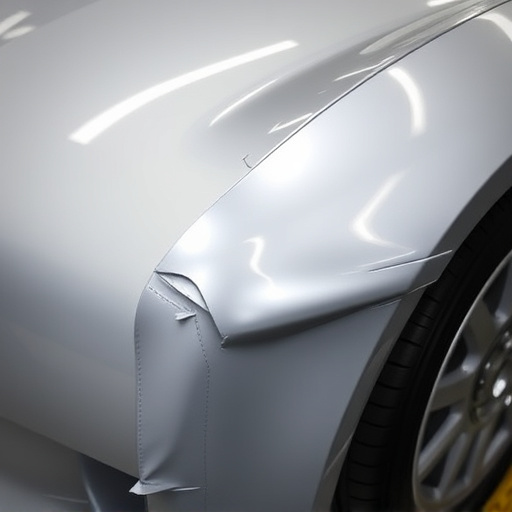
The heart of any UV curing system lies in its key components, each playing a vital role in the efficient and effective curing process. At the core, you’ll find UV lamps that emit ultraviolet light, specifically designed to initiate chemical reactions within the resin or coating being applied. The type and intensity of these lamps directly impact the speed and quality of the curing process, making their selection a crucial consideration for various applications, including vehicle dent repair and automotive collision repair.
Complementing the UV lamps are curing chambers that house and control the material being cured. These chambers are designed to maximize light exposure while minimizing overspray and waste, ensuring optimal curing outcomes. Additionally, dosing systems meter out the correct amount of UV-curable resin or coating, precise control over thickness and application, which is particularly important in meticulous tasks like collision repair. Together, these components form a powerful synergy, revolutionizing industries that rely on quick, durable, and consistent bonding solutions.
Application and Benefits: A Versatile Technology
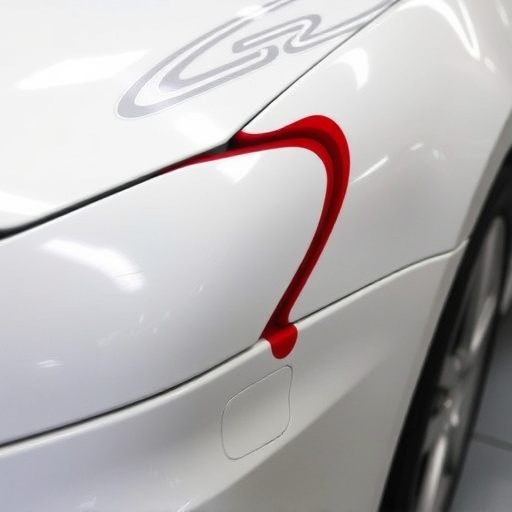
UV curing systems have revolutionized various industries due to their versatility and efficiency. The technology involves using ultraviolet light to initiate a chemical reaction in specific materials, leading to rapid hardening and curing. This process is widely utilized in diverse sectors, from printing and packaging to medical device manufacturing and even automotive restoration. One of the key advantages is its speed; UV curing can reduce production times significantly compared to traditional drying methods.
In the realm of body shop services, for instance, car body shops often employ UV curing systems for clear coatings, offering a durable and fast-drying finish. This not only enhances productivity but also ensures better quality control. Additionally, its precision allows for precise curing, minimizing waste and optimizing material usage, making it an eco-friendly choice. The technology’s adaptability to different materials and applications makes it a go-to solution for many industries seeking efficient and high-quality curing processes.
UV curing systems, with their unique application of ultraviolet light, have revolutionized various industries. By understanding the key elements of these systems, from the properties of UV light itself to the essential components that make up the technology, we can appreciate the versatility and benefits it offers. These systems not only enhance production speed and efficiency but also provide superior quality outcomes in fields like printing, coatings, and adhesives. As this technology continues to evolve, staying informed about its capabilities is crucial for businesses looking to stay ahead in today’s competitive market.
